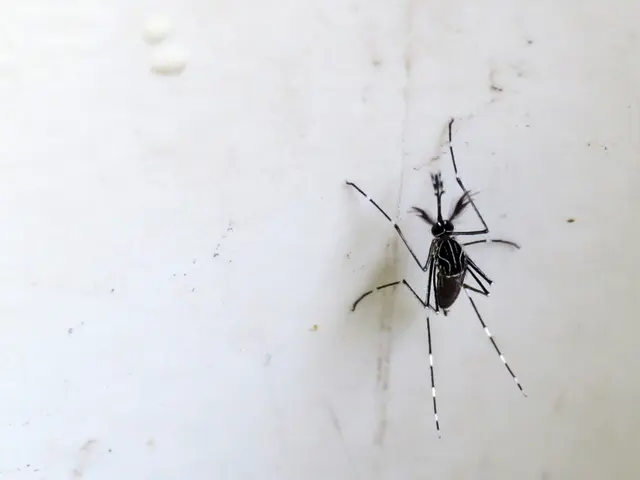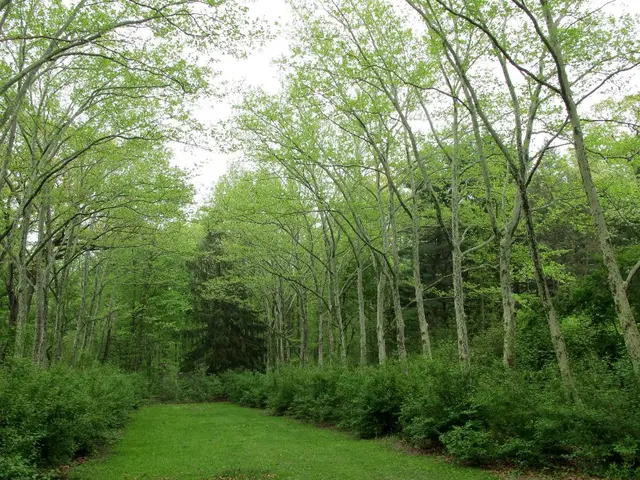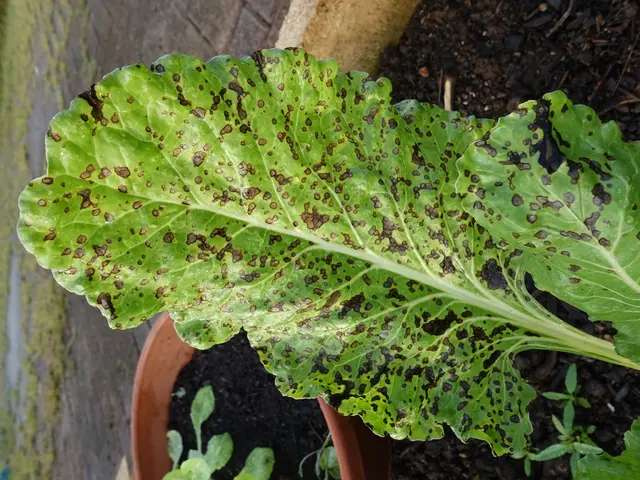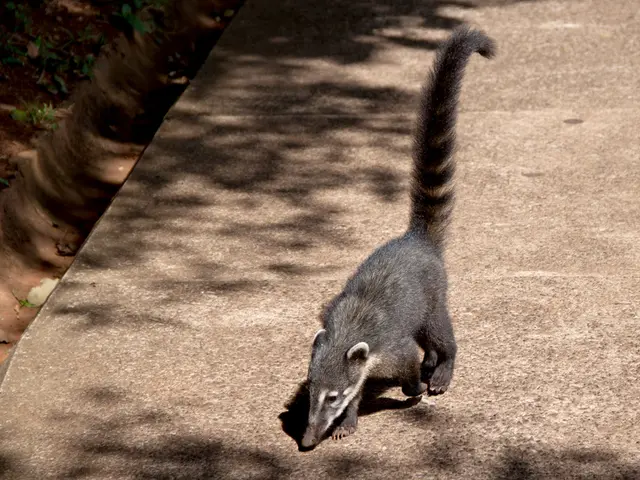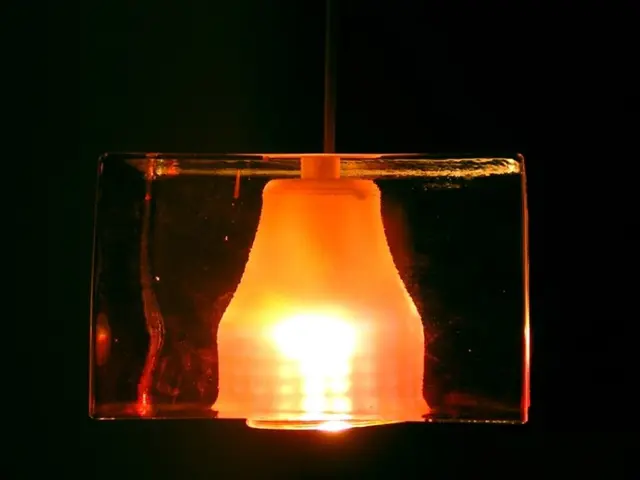Cultivating Peppers in Texas: Optimal Pepper Varieties and Growing Techniques
Growing peppers in Texas paradise? You betcha! Texans are known as enthusiastic gardeners, and those darn peppers just might agree. With the state's climate being a perfect match, it's no secret why these fiery fruits find their way into many a Texan dish.
From scorching jalapenos to sweet bell peppers, the Lone Star State offers bountiful opportunities for pepper lovers. In fact, peppers can be grown almost ten months of the year in Texas, thanks to their resilience and adaptability to the state's heat. So, let's dive into our best tips and tricks to make your pepper plants thrive in the hot Texas summer.
Planting and Seeds
First things first, what kind of seeds or seedlings should you choose? Check out our recommendations from Texas A&M University for the best peppers to grow in Texas:
Sweet Peppers:- Bell- Big Bertha- California Wonder- Gypsy- Jupiter- Yolo Wonder
Hot Peppers:- Hidalgo Serrano- Hungarian Wax- Jalapenos- Long Red Cayenne- Habanero- Poblano Peppers
Planting in Texas
Are you going to start with seeds or seedlings? Both are well-adapted to the Texas climate. Not sure where to begin? Try our recommended Gardenuity "Some Like It Hot" customized growing kit for the perfect match for both the needs of your pepper plants and your fellow plant friends.
If you're planting in the ground, time your planting for about two weeks after the last frost date. Depending on your location, this can be as early as late February.
When you're ready to plant, bury your pepper seeds about a quarter of an inch deep into nutrient-rich soil. Space them around 18 inches apart, though if you choose a container garden, plant one pepper per container. Give everything a good water, and don't forget to provide plenty of sunlight.
When you transplant your young pepper seedlings, keep the spacing at around 18-24 inches apart and make sure they're in a sunny spot. At the time of planting, mix fertilizer into the soil, and water immediately after planting.
Caring for Your Texas Peppers
Whether you grow in containers or raised beds, the soil is crucial for ensuring a healthy and heartier harvest. Peppers need well-drained soil with a soil pH between 6.2 and 7.0. Mix compost and/or other organic material into the soil, and don't forget to mulch around the base of the plant for moisture and coolness.
Keep in mind that peppers are a warm-season veggie. To avoid shocking your plants, match them to your location using Gardenuity's match technology. Peppers thrive when nighttime temperatures only drop to a low of 53°F.
Sunlight is vital for peppers' growth. If you're growing indoors, supplement with grow lights if your home garden doesn't receive at least 6 hours of sunlight. Remember to water well, with about 1-2 inches in total per week, giving them extra during hot or dry spells.
Containers are great, as they require less maintenance and are portable to move to shady spots when needed. Be aware that you'll likely have to water containers daily during the summer heat.
Lastly, keep an eye on pests and diseases, as this can be a challenge when growing peppers. Choose disease-resistant varieties, especially when growing by seed. Common pests include cutworms, flea beetles, aphids, and whiteflies. If you notice issues, mix a solution of dish soap and water and lightly spray your plants to deter these little buggers.
So, go on, Texans, embrace the pepper patch! With these tips, you'll be well on your way to a bountiful pepper harvest you can enjoy all season long. Happy gardening y'all!
For further pepper growing knowledge, check out Gardenuity's guides on how to grow peppers, harvest pepper tips, and more at our website below.
Gardenuity Growing Guide
*** References: ***[1] Texas A&M Agrilife Extension. (n.d.). Vegetable gardening in Texas. Retrieved from https://aggie-horticulture.tamu.edu/food gardens/veggrow.html[2] Texas A&M Agrilife Extension. (n.d.). Container gardening. Retrieved from https://aggie-horticulture.tamu.edu/container-planting/[3] Texas A&M Agrilife Extension. (n.d.). Raised beds. Retrieved from https://aggie-horticulture.tamu.edu/raising-beds/
- Incorporating the joy of gardening and home-and-garden into the Lone Star State's lifestyle, many Texans cultivate their own food-and-drink, especially pepper plants, due to the state's favorable climate.
- Alongside their passion for gardening, Texans find unique recipes and cooking methods that utilize an array of peppers, including hot jalapenos and sweet bell peppers, embracing the culinary diversity within the state.
- ForTexans looking to expand their home-and-garden hobbies, consider combining gardening and cooking by growing various pepper types, like those recommended by Texas A&M University, in your backyard, ultimately enhancing your food-and-drink, cooking skills, and lifestyle.

